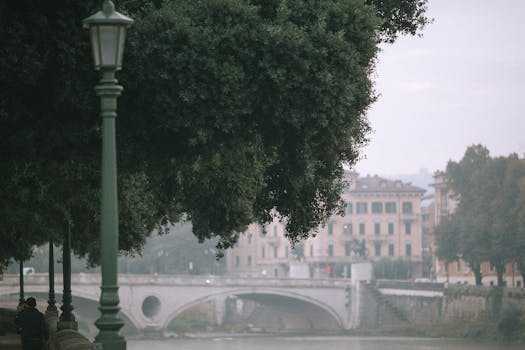
Urban Green Spaces: The Future of Outdoor Living in European Cities by 2025
Urban Green Spaces are becoming increasingly important in European cities, and their significance will only continue to grow by 2025. As the world becomes more urbanized, the need for green spaces in cities is becoming more pressing. These areas provide numerous benefits, including improved air quality, reduced noise pollution, and increased biodiversity. Moreover, they offer a peaceful escape from the hustle and bustle of city life, allowing residents to relax, socialize, and engage in physical activity.
Benefits of Urban Green Spaces
There are numerous benefits associated with urban green spaces. Some of the most significant advantages include:
- Improved mental health: Green spaces have been shown to reduce stress levels, improve mood, and even reduce symptoms of anxiety and depression.
- Increased physical activity: Urban green spaces provide opportunities for residents to engage in physical activity, such as walking, cycling, and sports, which can help to reduce the risk of chronic diseases.
- Environmental benefits: Green spaces can help to mitigate the urban heat island effect, reduce air pollution, and even manage stormwater runoff.
- Social benefits: Urban green spaces can serve as community hubs, fostering social connections and a sense of community among residents.
European Cities Leading the Way
Several European cities are leading the way in terms of urban green space development. Some examples include:
- Copenhagen, Denmark: The city has implemented a number of green initiatives, including the creation of green roofs, green spaces, and a carbon-neutral harbor area.
- Stockholm, Sweden: The city has a goal of being carbon neutral by 2040 and is investing heavily in green infrastructure, including green spaces, green roofs, and green walls.
- Barcelona, Spain: The city has implemented a number of urban green space initiatives, including the creation of green spaces, green roofs, and a green corridor along the city’s main avenue.
The Future of Outdoor Living in European Cities
As we look to the future, it is clear that urban green spaces will play an increasingly important role in shaping the outdoor living experience in European cities. By 2025, we can expect to see:
- Increased investment in green infrastructure: Cities will continue to invest in green spaces, green roofs, and green walls, as well as other forms of green infrastructure.
- More emphasis on community engagement: Urban green spaces will become increasingly important as community hubs, with a focus on fostering social connections and a sense of community among residents.
- Greater incorporation of technology: Urban green spaces will begin to incorporate technology, such as smart benches, green roofs with solar panels, and other innovative features.





